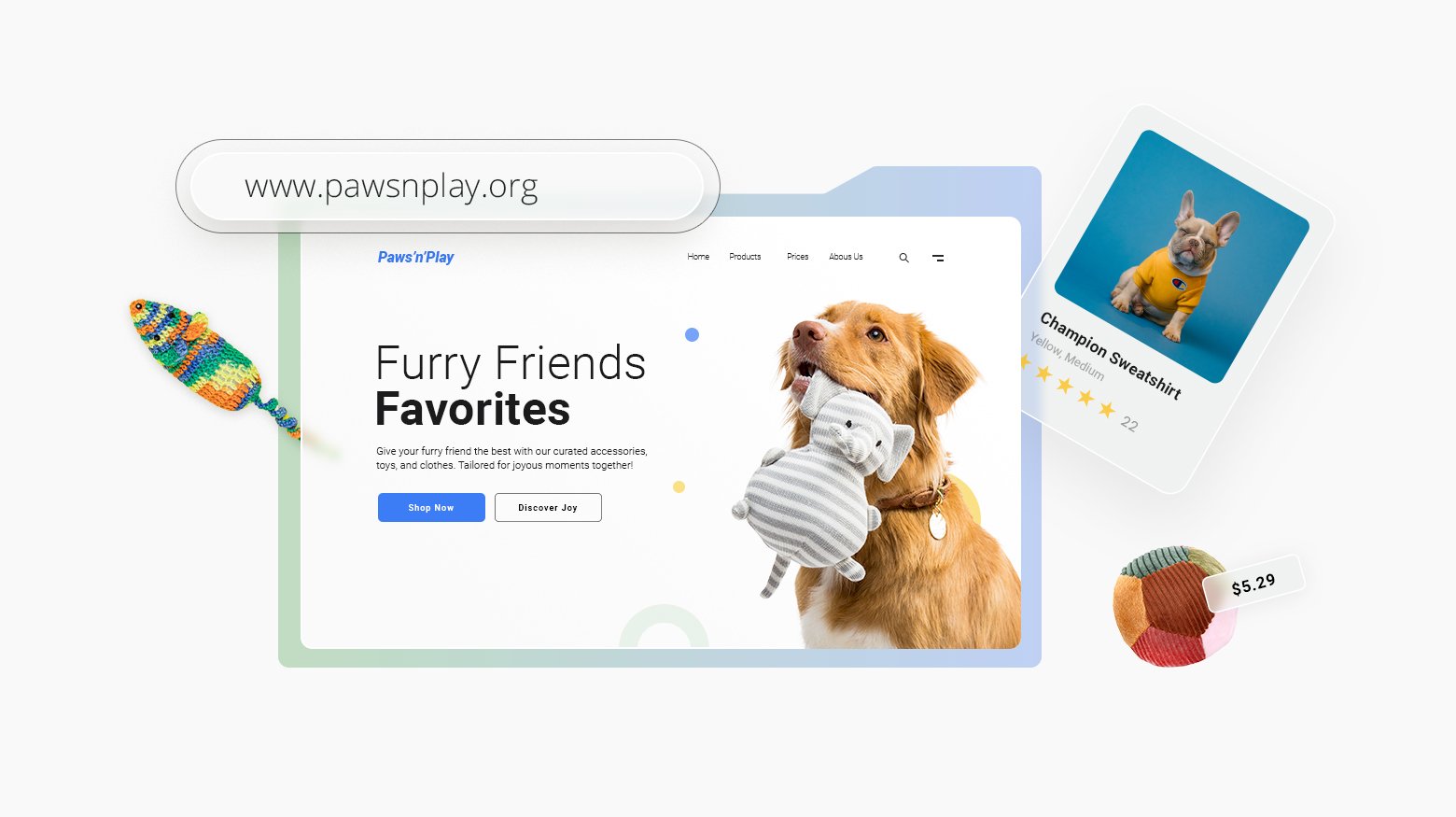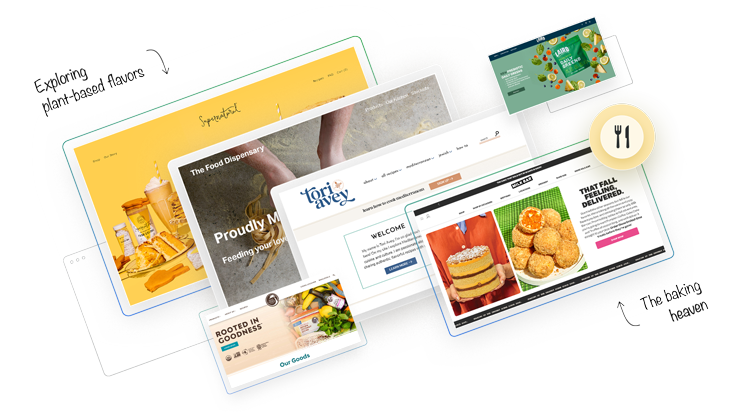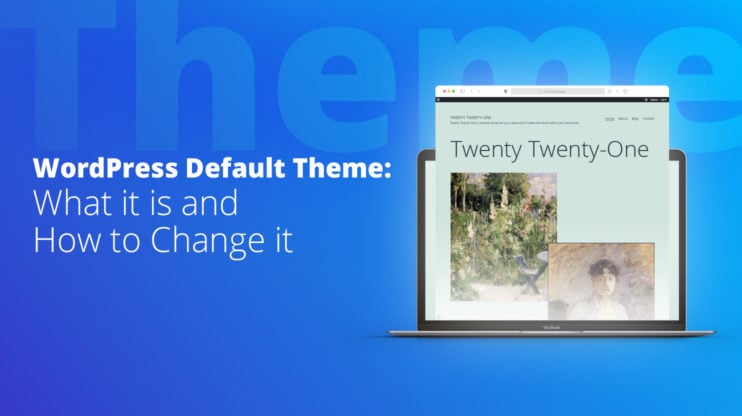Let’s address it—the question lingering in the back of your mind. The one question that can either get you excited or bring you down: Is starting a t-shirt business still worth it in 2025? Isn’t the t-shirt market already overcrowded? It’s a valid fear. Scroll through Etsy or Instagram, and you’ll find millions of designs. It can feel like there’s no room left for one more t-shirt business.
However, the custom t-shirt market is still growing. Globally, it’s projected to reach over $10.5 billion by 2030, due to rising demand for personalized clothes and small communities wanting shirts that speak to them.
So, is it worth starting a t-shirt business in 2025? Yes—if you’re ready to niche down, test your ideas, and market smartly. Now, let’s see exactly how to start a t-shirt business online, step-by-step.
Step 1: Find your profitable niche (avoid the crowd)
The fastest way to get lost in the t-shirt market is to make designs for everyone. Generic slogans and basic graphics rarely stand out. Instead, focus on one specific group of people. The more targeted your niche, the easier it is to connect with the right customers and sell more shirts. Your t-shirt will act as an inside joke, a passion symbol, or an identity marker for a specific community, and that community will connect with you.
How to find your niche
Start with what you know or love. Are you into fitness, gaming, pet care, or craft beer? If you are in a community, it’s much easier to design things that’ll connect with them. You already know the audience, so you’re one step closer to selling.
Next, confirm demand. Use Google Trends to check if interest in your niche is growing or steady. Browse Reddit or Facebook Groups to see what people in those communities are talking about, what they love, and what’s missing.
For deeper research, use SEO tools like Ahrefs or Ubersuggest to find keywords that have steady searches but lower competition. This shows there’s interest, but not too many sellers.
Finally, look for gaps. Finding an underserved angle can set your brand apart. Instead of broad ideas like fitness shirts, try funny gym shirts for new moms. Instead of dog shirts, narrow it down to shirts for rescue dog owners or specific breeds.
Niche-down strategies for t-shirt success
- Combine two interests: Yoga and cats, will give you “Namaste home with my cat” designs.
- Target local pride: Small towns, regions, or communities with strong identities.
- Tap into hobbies: Birdwatching, woodworking, Dungeons & Dragons.
- Use humor or emotion: Funny, sarcastic, or sentimental designs connect deeply.
And remember, choosing a niche isn’t limiting yourself but making it easier to find and speak to your people.
Step 2: Validate your t-shirt designs before you invest
When learning how to start a t-shirt business online, don’t fall into the trap of assuming a good idea automatically means good sales. What seems funny, cool, or creative to you might not connect with your audience. The safest way to avoid wasted time and money is to validate your t-shirt designs before you invest in production.
How to validate your designs
One option is to get feedback from Reddit. Reddit communities (called subreddits) are filled with passionate people who aren’t afraid to speak their minds. Share your designs in niche subreddits like r/tshirts, r/Entrepreneur, or relevant hobby groups (like r/gardening or r/gamers). Ask for honest feedback about what would they change or would they even wear it. Accept it, learn from it, and adjust. Keep in mind that these are your potential clients.
Social media polls are your next best validation tool. Post your designs on Facebook Groups. If you have some followers already (no huge audience needed), you can also post on Instagram Stories or TikTok and ask your followers which one they prefer. Don’t overwhelm them with a thousand questions—just ask which design they prefer. This builds early engagement and helps you see which designs attract attention.
Disclaimer: Don’t skip this step! Without feedback, you risk investing in shirts that nobody buys. Taking the time to test your ideas saves money—and gives you confidence in your next move.
Step 3: Choose the right business model for your t-shirt brand
Not every t-shirt business works the same way. Some sellers want to test designs quickly, while others prefer to control quality. Choosing the right model depends on how much risk, control, and upfront investment you’re comfortable with. Let’s look at the most common models, their pros and cons:
| Model | What it is | Pros | Cons |
| Print-on-demand (POD) | You sell designs, a partner prints and ships each order after it’s placed. |
|
|
| Self-printing (DIY) | You print shirts yourself using equipment like heat presses or DTG machines. |
|
|
| Dropshipping blanks & customization | You source blank shirts and customize them (e.g., heat press) as orders come in. |
|
|
| Bulk orders & local printing | You order large batches of shirts from a local printer or manufacturer upfront. |
|
|
| Hybrid (start with POD, scale later) | Start with POD, then transition to DIY or bulk as your sales grow. |
|
|
Quick guide: Which model fits you?
If you’re just learning how to start a t-shirt business online, Print-on-Demand (POD) is the easiest way to begin. Your design is printed only after a customer orders, so there’s no upfront cost or inventory risk. Just choose a reliable partner, like Printify, Printful, or Gelato; but before you finalize your choice, always order samples from them to check print quality.
If you want full control over quality, look into DIY printing or bulk orders, but only after testing your designs. If you’re somewhere in between, dropshipping blanks and adding your custom touches can give you flexibility. And no matter the model, don’t sacrifice quality for cost. A cheap shirt that shrinks or fades fast won’t bring customers back.
Step 4: Build your online presence (your store, Etsy, and social media)
After your internal processes are set up, you’ll need an online home for your products. That’s your website. While Etsy or social media can help you find customers, they’re not where your business lives. Marketplaces control the rules (fees, policies, algorithm changes). Social platforms change fast (reach can drop overnight). In both cases, you don’t own your customer list—they do. When you have your own website, you own:
- Your brand identity (design, voice, story).
- Your customer relationships (emails, repeat buyers).
- Your profits (no marketplace fees eating into margins).
Plus, with AI tools like 10Web AI Ecommerce Website Builder you can create your own site with AI in a couple of minutes without needing to hire a developer. You just need to:
- Describe your business: What are you selling and who’s it for?
- Let AI do its part: Instantly get a full WordPress site with WooCommerce integration, product pages, and design.
- Customize & launch: Change colors, fonts, and more, then hit publish.
Just like that, you have your t-shirt store ready. If you need to make changes, you can write the desired changes in your chat with AI, and the AI Co-Pilot does it for you. If you’re into traditional drag-and-drop editing, that’s also possible.
As a bonus to everything else mentioned above, you get great tools that are life-savers for t-shirt business founders:
- A free domain for the first year: So your store has a professional web address.
- Safe payment systems built-in: Accept PayPal, Stripe, and credit cards right away.
- Easy store management with one clean dashboard:
- See your sales, orders, and products at a glance
- Manage products, customers, and orders without clicking through endless tabs
- Set up payments, taxes, and shipping in just a few clicks
- Monitor transactions, payouts, and emails all in one place
If you’re serious about growing your t-shirt business and building a brand, 10Web gives you full control from day one.
What about Etsy and social media?
Many beginners start on Etsy or sell directly through Instagram or TikTok. It feels easy. There’s already an audience. That’s a smart way to test your designs, but don’t rely on marketplaces or social platforms alone. As we mentioned, they charge you, control your visibility, and own your audience. Etsy and social media are great for meeting new people. Your website is where you invite them to stay.
Create your dream website with 10Web AI Website Builder 
Build your website in 1 minute
and take your business online!
Step 5: Price for profit (without scaring customers away)
Correctly pricing your t-shirts is finding the sweet spot where you make a profit and customers feel good buying. If you price too low, you might barely break even. If you price too high, you risk turning people away. Here’s how to price smartly without second-guessing yourself:
| Model | How it works | Example | Best For |
| Cost-plus pricing | Add a set profit margin on top of your costs. |
Cost to produce (shirt + printing + fees): $12 Desired profit: $8 Price: $20 |
Beginners who want a clear, simple formula |
| Competitor-based pricing | Look at what similar brands charge and adjust based on quality or niche. |
Competitors price between $18–$25. If your shirts are higher quality or niche-specific, price on the higher end. |
Crowded markets where price matters |
| Value-based pricing | Price based on the perceived value to your customer—not just costs. |
A unique design or emotional connection (e.g., supporting a cause) can sell for $30+, even if it costs $12 to make. |
Niche markets or premium designs |
Pricing is flexible. Start with a number, test it, and adjust based on sales and feedback.
Insider tip: If you’re targeting a niche audience, don’t be afraid to price higher—people pay more for shirts that feel personal.
Step 6: Market your t-shirts (even with zero budget)
You can have the best designs in the world, but if nobody sees them, they won’t sell. Don’t be scared here. You don’t need a big budget to get your shirts in front of the right people. In fact, learning how to start a t-shirt business online means knowing how to market smartly from the beginning. Here’s your simple, low-cost marketing roadmap to help you get sales rolling.
1. Get in front of your audience where they are
Both TikTok and Instagram are perfect for visual products like t-shirts. Even if you’re starting from scratch, these platforms can get your designs seen. Go for consistency instead of perfection, and aim to post at least 3-5 times a week. Here are some content ideas you can use:
- Behind-the-scenes: Show your design process or printing setup.
- Design stories: Share what inspired a particular design (e.g., a funny moment, niche community).
- Unboxing videos: Show your shirts arriving or being packaged.
- Memes or relatable content: Connect with your audience through humor tied to your niche.
2. Use SEO to get found in search
Search Engine Optimization (SEO) makes sure your shirts show up when people search for designs in your niche. It’s a more long-term strategy that takes time to build but can pay off for months or years once your products start ranking. If you stick with it, it’ll drive steady traffic without paying for ads. To make sure you know the basics, check out our blog on ecommerce SEO audit.
If you created your website with 10Web AI Ecommerce Website Builder, AI has already taken care of your website’s technical SEO. If you add the Website Page Speed Booster to the mix, your site’s vitals improve drastically, and you can then focus on improving other parts of your SEO, like the content. There are a lot of tools to help you with this.
3. Build community
Another great way to grow your brand is by building a community through ambassador programs and Facebook Groups or Discord. Start an ambassador program by offering free or discounted shirts to people in your niche who are willing to promote your brand on social media. Keep it small at first—aim for 5-10 ambassadors who are genuinely connected to your target audience.
At the same time, join Facebook Groups or Discord servers where your target audience is active. Don’t just promote your products—engage with the community. Answer questions, share helpful tips, and only mention your shirts when it feels natural. The key is to build trust first before promoting your brand.
4. Collaborate with micro-influencers
Don’t go for celebrities. Micro-influencers (1,000–10,000 followers) often have high engagement and are easier to approach. Find creators who align with your target audience. Offer to send a free shirt in exchange for a social media post or shoutout.
5. Collect emails and stay in touch
Your first customers will buy from you again, if you communicate with them correctly. Add a simple signup form to your website and offer a discount or exclusive design as an incentive. When you email your list, focus on being useful and relevant—share updates on new drops, behind-the-scenes stories, or special offers.
Just like with social media, avoid being overly promotional. Know your audience well and offer content they care about. Email keeps your audience engaged, even when social media algorithms change.
Create your dream website with 10Web AI Website Builder 
Build your website in 1 minute
and take your business online!
When and how to scale your t-shirt business
Your t-shirt business today is just the beginning. Most creators start lean—using print-on-demand or their ecommerce store to test designs and reach their first customers. And that’s smart. It keeps risks low and lets you focus on finding out what sells. But as your sales grow, so do your opportunities. Here’s how many brands evolve:
- Stage 1: Start with POD to test the waters.
- Stage 2: Once you’ve got a bestseller? Order in bulk to lower costs and raise profits.
- Stage 3: Ready to stand out? Private label your shirts with custom tags, packaging, and exclusive designs.
- Stage 4: If you’re planning to go bigger, bring production in-house or work with local manufacturers for complete control.
Scaling readiness checklist:
- Are you selling 50+ units per month of the same design?
- Do customers ask for custom options or premium materials?
- Are you ready to invest in bulk orders for higher margins?
- Do you want to build a recognizable brand beyond just selling shirts?
If you answered “yes” to a few of these, it might be time to grow.
Branding tip: Build a brand, not just a store
As you scale, branding becomes your superpower. It turns casual buyers into loyal fans, and goes beyond just having a logo. You need a consistent brand identity—your colors, fonts, voice, and visuals all working together.
If you’re building your store with 10Web AI Ecommerce Website Builder, you already have access to the 10Web Logo Maker on your dashboard—which doesn’t just create a logo, but provides a complete brand kit. You get:
- A professionally designed logo.
- Curated color palettes that fit your vibe.
- Matching fonts for consistency.
- Icons to use across your site and social media.
- A mission and vision statement generator to help define your brand story.
- A social media kit with ready-to-use designs.
So, if you’re using 10Web already, jump into the Logo Maker and experiment. If not, it’s not a problem. You can still use 10Web Logo Maker for free and get your logo—all without needing to be a designer.
Launch your t-shirt business today
Learning how to start a t-shirt business online is less about competing with big brands and more about connecting with your target audience. When you focus on designs that speak to specific communities and test your ideas first, you give yourself the best chance to stand out and grow.
Don’t rush the process. Begin small and smart, then scale when you’re ready. The market may feel crowded, but there’s always room for unique ideas and personal brands.
And when that time comes—when you’re ready to share your designs with the world—having a professional online store makes all the difference. 10Web AI Ecommerce Website Builder helps you launch quickly and confidently, with AI-generated designs and built-in ecommerce tools.
Create your dream website with 10Web AI Website Builder 
Build your website in 1 minute
and take your business online!
FAQs: Your top t-shirt business questions answered
Are online t-shirt businesses profitable? How much does it cost to start a t-shirt business online? How to start a t-shirt business online from home? This is a beginner-friendly way to learn how to start an online t-shirt business without the need for upfront inventory. You can manage everything—from design to sales—right from your laptop. Do I need an LLC to sell shirts online? How do I avoid copyright issues with my t-shirt designs?













